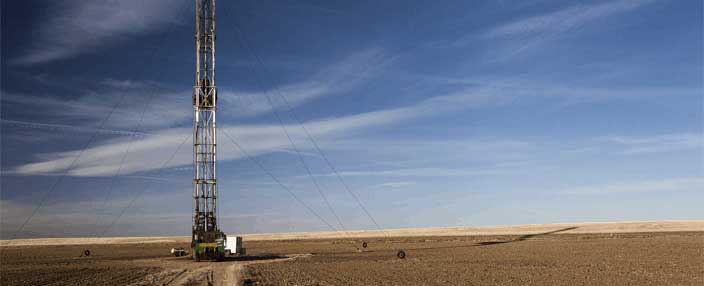Hydraulic fracturing, more commonly referred to as fracking, has been the topic of hot debate over the past few years. Fracking is the process of using high-pressured water, sand and chemicals to extract fossil fuels from fractured shale rock underground. And this process is causing global concern to the point of outrage. But is this outrage justified? Or is it the result of a well-executed, anti-fracking PR spin?
We all know perception is often bought and sold and viewpoints are sometimes based more on hearsay than fact. This isn’t meant to be an offensive or pro/anti-fracking blog. Rather, it is a study on how PR and social media can take a controversial topic and determine the majority opinion.
In truth, fracking is too new of a technology to determine the ultimate environmental effects. Though the public knows the technology exists and even has used it since the 1940s, it was never used publicly in such high quantities. With more and more nations turning to fracking as a viable option during the energy crisis, the world has turned their eyes to fracking and the media has run with it.
In this age of social media, our society has become uber-connected. Instead of six degrees of separation, we are only a click away from all access to any topic. So, let’s take a look at the PR and social media campaigns of the anti-fracking vs. the pro-fracking viewpoints. To begin we can get a good feel of just where the majority opinion lies through Twitter. If you were to search using #fracking, you would find that for every pro-fracking tweet there are over 50 anti-fracking tweets posted. Why is this? In short, it’s because the anti-fracking community has brilliantly branded their stance. Now, it is difficult for the opposing view to gain ground. According to a 2014 article by The Daily Dog, a study done by Makovsky PR showed 57% of US consumers hold fracking as one of the top 3 environmental issues facing us today. And 79% of these consumers hear about fracking through social media. Taking this information into account, Makovsky analyzed 1.3 million Twitter mentions of fracking from January through July of 2014. They found the anti-fracking tweets gained 2,000% more impressions than those from the pro-fracking community.
2,000% more impressions! How is that possible? The answer is simple. The anti-fracking community knows its target demographic and how to reach them much better than the pro-fracking community. When you look at the highly placed players for these two opposing viewpoints, it’s easy to understand why this is. On the pro-fracking side of the debate, you have the big oil and gas industry and political representatives. Big industry has always had a difficult time getting the general population to trust their messaging. Throw in the fact that they are relying on outdated media techniques to target their audience, such as high-dollar television and radio commercials, and they’ve basically hopped on a sinking ship.
On the anti-fracking side, however, you have environmentalists and celebrity endorsers. This is a group of people who understand digital media trends and know how to reach and grow their audience. Not only can they reach their audience through Twitter, Facebook and the like, but they’ve even made a big budget movie on the subject starring Matt Damon. Has there ever been a better way to get your message across? By embracing the media trends of today, their campaigns hit the bullseye every time.
I have not decided where I stand on the anti or pro-fracking debate personally, but I can tell you who my money is on to win this PR war. Unless the pro-fracking community fully embraces social media and the digital trends the world now relies on, they won’t stand a chance. They’ve already lost the battle. Will they lose the war too? If I had to guess, I would say yes.




